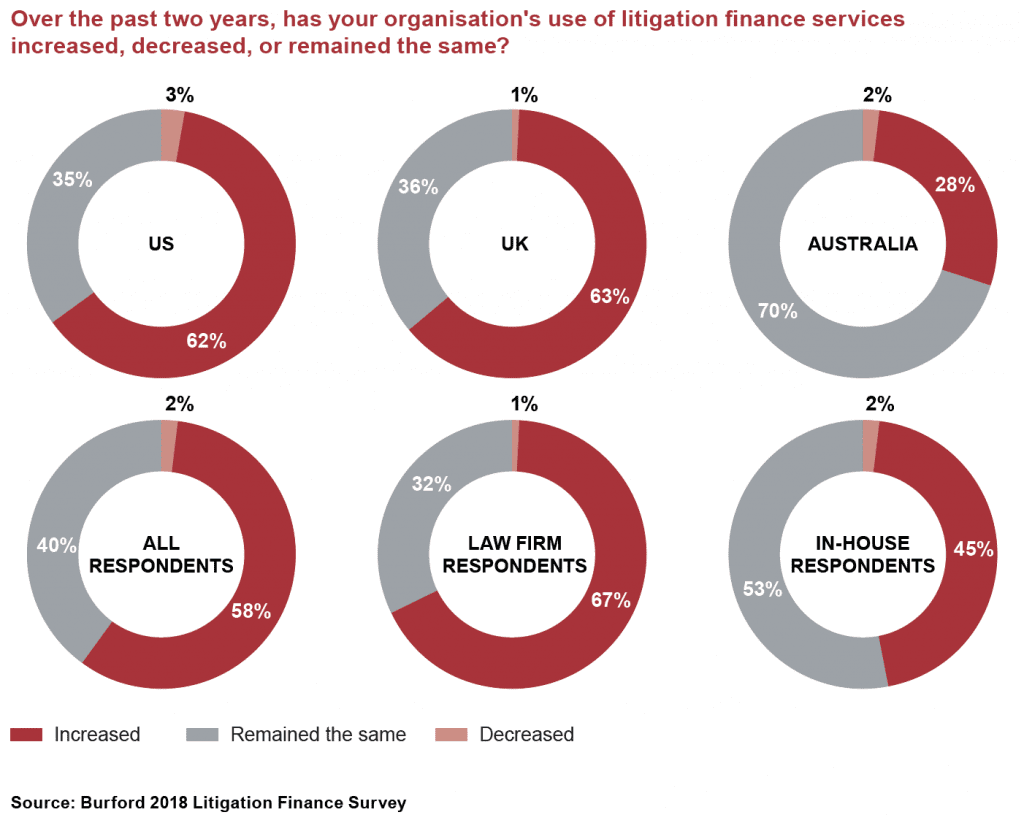
Litigation funding is undeniably becoming a mainstream asset class with the market set to double in the next five years. This is the prediction from Dilip N Massand of Legal Ventures, a UAE based fund that specialises in emerging markets. It is backed by Dalma Capital, a leading alternative investment manager.
Litigation funding takes place when a third party, with no direct interest in the proceedings, finances the cost of litigation in return for a share of the claim proceeds if the litigation is successful.
Mr Massand, who has over two decades of experience working on cross-border matters involving India, the Middle East, and the US, commented: “Depending on the jurisdiction, litigation funding is either about to become – or already is – a mainstream asset class. What is clear is the direction of travel: litigation finance is now undeniably emerging as a mainstream asset in its own right on a global level.”
“In Australia, for example, the market is already heavily developed, but even the Australian market is expected to grow, owing to rising litigation demand for class actions,” he pointed out while, “The U.S., which currently accounts for around 40 percent of all litigation funding, also remains a significant growth market primarily due to it being the largest litigation market.”
At 5 per cent, the UK is a considerably smaller but a highly attractive region for litigation funders being home to over 200 law firms and four of the top 10 global law firms. Elsewhere, litigation funding for arbitration cases has been recently authorised in Singapore and Hong Kong.
Additionally, the expert mentions, the Middle East, being a central hub for global trade, regularly sees substantial high-value disputes involving sophisticated entities and multiple jurisdictions. Most recently, significant discussion is taking place in India about the role litigation funding can play in making the resolution of domestic cases more efficient and providing access to justice for those who otherwise might not be able to afford it.

Besides the growing global reach of the sector, there are, says Mr. Massand, other major ‘pull factors’ for investors.
“Clearly, the market itself has enormous potential for growth on a global scale, as ongoing and increasing regulatory reforms open the litigation funding market in many more regions. But there are other attractive elements compelling investors to invest in litigation funding.
These include uncorrelation to traditional capital markets, allowing for greater portfolio diversification – which is universally recognised as the investors’ best weapon to mitigate risk. In addition, there are outsized historical returns, and a reduced time to liquidity.”
Indeed, a study by Professor Michael McDonald in 2016 on the litigation funding industry ROI indicated an average annual return of 36 per cent.
“Given the market is expanding due to regulatory reforms in more global jurisdictions, the fact that there will always be legal claims, and that it represents an attractive alternative for investors, I am confident the litigation funding sector will double within the next five years. It will continue to extend itself into new jurisdictions in the emerging markets surrounding us in the UAE.”
“As we enter the late stages of economic and credit cycles globally, sophisticated investors are increasingly seeking uncorrelated asset classes that can perform well in a market downturn” adds Zachary Cefaratti, CEO of Dalma Capital, “Litigation funding is a unique asset class in this regard; demand for litigation funding increases during downturns in the markets – a time when litigation spikes. As was the case in 2008, we expect the performance and opportunities for litigation funds to increase in the event of downturns and increasing market volatility.”
HedgeThink.com is the fund industry’s leading news, research and analysis source for individual and institutional accredited investors and professionals


































